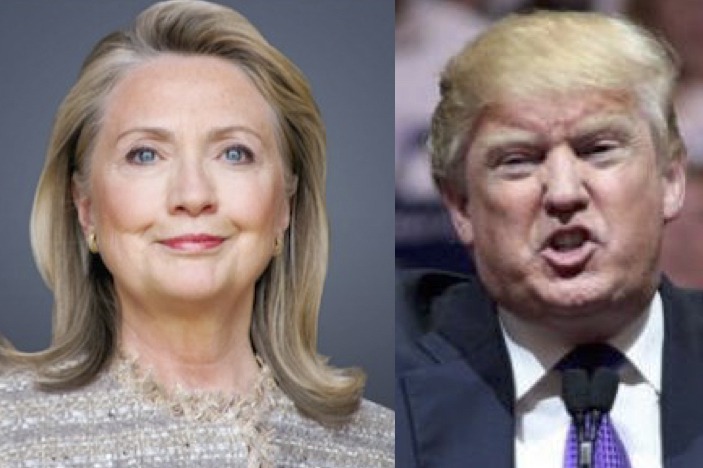I hate conspiracy theories. But the Hillary Clinton vs Donald Trump vote totals do look rigged.

During the eighteen months I spent covering the 2016 election as a political journalist, I devoted a good amount of my editorial time to shutting down empty conspiracy theories. And that’s easy enough to do, as most of them are based on no evidence to begin with, and can be disproven by a mountain of opposing evidence. But since election night, when voting totals came in across the nation that simply felt wrong in their result and particularly in their patterns, I’ve been digging into the numbers and the math – and these results do indeed look rigged.
After more than a week of studying the results against everything we already knew heading into election day, whether it be Hillary Clinton’s mathematically insurmountable early voting lead in Florida, or the inexplicable disappearance of her overwhelming African-American support in North Carolina between the primary vote and the general election vote that can’t be explained by voter suppression alone, or the fact that every swing state Donald Trump won in an upset was by the exact same convenient percentage, I laid out half a dozen ways in which these numbers were unlikely. And the reaction in the three days since I published it has been overwhelming.
Former Michigan Governor Jennifer Granholm, who tends to be smartly cautious in choosing her words, tweeted my article and encouraged her constituents to read it. So did Rosie O’Donnell and a number of other public figures. That alone doesn’t lend any mathematical credence to what I thought I had uncovered, but it did serve to demonstrate just how many Americans were jarred by these numbers – not simply because Trump expectedly won, but specifically how he supposedly won.
One political operative reached out to me privately and asked for more details on Florida, so I’ve gone back and laid out this detailed math demonstrating that Trump would have needed to get somewhere between 62% and 74% of the Election Day vote in Florida in order to climb out of his early voting hole and win the state by one percent, as he supposedly did. In real world terms, in closely contested swing state, such Election Day percentages simply aren’t possible.
And it’s subsequently been pointed out to me that Trump’s one percent victory in every surprise swing state – which I had already flagged as being statistically unnatural – was also just large enough to prevent some automatic recounts from kicking in. I’m continuing to dig into the numbers and consult with others. But while I can’t yet prove that the results are rigged, it’s been fairly easy to overwhelmingly demonstrate that the numbers do look rigged from any objective angle. For once the conspiracy theorists appear to be right.
